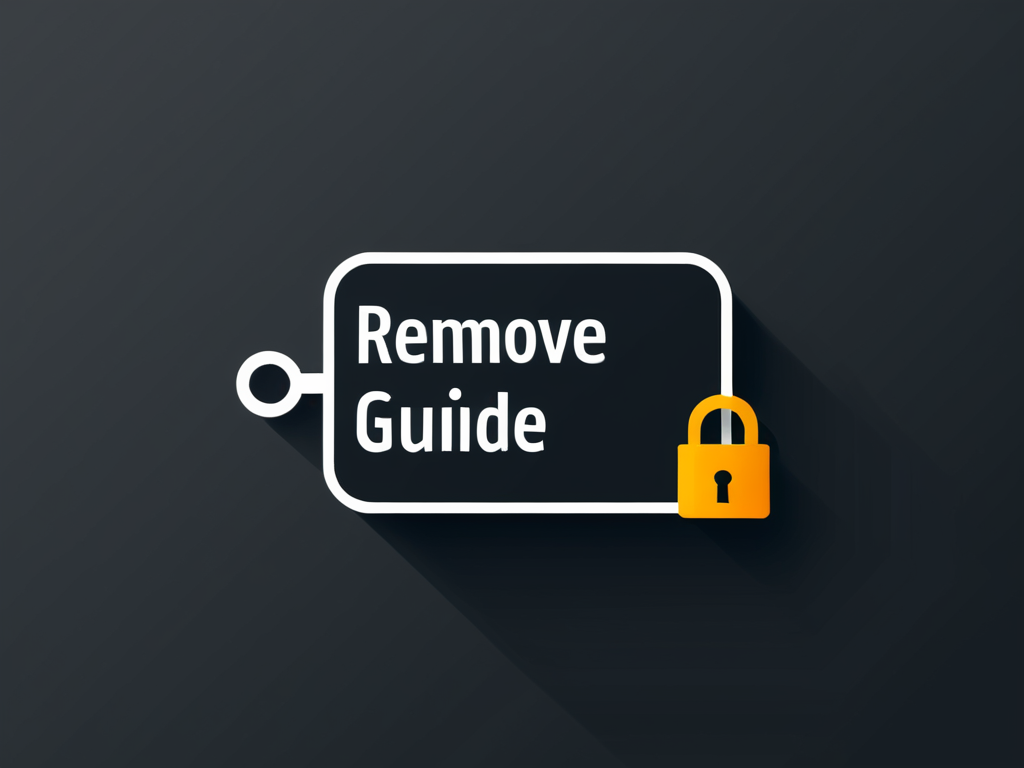Unlock the Power of Remove.bg: A Comprehensive Guide

Introduction
Remove.bg is an excellent tool for removing backgrounds from images, but did you know that it can also be used in conjunction with other tools to create stunning composite images? In this step-by-step guide, we’ll explore how to use remove.bg with other tools to edit and composite images like a pro.
Setting Up the Tools
Before we dive into the process, make sure you have the following tools installed on your computer:
- Remove.bg: A free online tool for removing backgrounds from images.
- Adobe Photoshop: A professional image editing software that allows you to work with layers and manipulate images in various ways.
- GIMP: An open-source image editing software that offers many of the same features as Adobe Photoshop, but at no cost.
Step 1: Remove the Background
The first step is to use remove.bg to remove the background from your image. Go to the remove.bg website and upload your image. Select the “Remove BG” option and wait for the tool to process your image.
Here’s an example of how to do this:
https://www.remove.bg/removebg
Step 2: Open the Image in Photoshop
Once you have removed the background from your image, open it up in Adobe Photoshop. This will allow you to work with the layers and manipulate the image in various ways.
Here’s an example of how to do this:
File > Open > [Your Image]
Step 3: Create a New Layer
Create a new layer in Photoshop by going to Layer > New > Layer. Name the layer something like “Background” or “Foreground”.
Here’s an example of how to do this:
Layer > New > Layer > [Name Your Layer]
Step 4: Copy and Paste the Background Image
Copy the background image from remove.bg and paste it into Photoshop. You can do this by selecting the entire image with Ctrl + A, then right-clicking on the new layer you created in step 3 and selecting “Paste”.
Here’s an example of how to do this:
Ctrl + A > Right-click > Paste
Step 5: Create a New Layer for the Foreground
Create a new layer in Photoshop for the foreground image. You can do this by going to Layer > New > Layer. Name the layer something like “Foreground” or “Object”.
Here’s an example of how to do this:
Layer > New > Layer > [Name Your Layer]
Step 6: Copy and Paste the Foreground Image
Copy the foreground image from remove.bg and paste it into Photoshop. You can do this by selecting the entire image with Ctrl + A, then right-clicking on the new layer you created in step 5 and selecting “Paste”.
Here’s an example of how to do this:
Ctrl + A > Right-click > Paste
Step 7: Adjust the Layers
Adjust the layers in Photoshop as needed. You can move them around, resize them, or change their opacity.
Here’s an example of how to do this:
Layer > Move > [Move the Layer]
Step 8: Save the Composite Image
Once you’re happy with the composite image, save it by going to File > Save As. Choose a format like JPEG or PNG and name your file something like “Composite Image”.
Here’s an example of how to do this:
File > Save As > [Format] > [Name Your File]
Conclusion
Using remove.bg with other tools like Adobe Photoshop and GIMP allows you to create stunning composite images. By following these steps, you can easily remove backgrounds from images and combine them with other elements to create unique and eye-catching visuals.
In this guide, we’ve covered the basics of using remove.bg with other tools to edit and composite images. With practice and patience, you’ll be able to create professional-looking composite images that will impress your friends and clients alike.
Remember to always save your work and experiment with different techniques to achieve the best results. Happy compositing!
About Elizabeth Lee
As a photographer and AI expert, I help bridge the gap between human creativity and machine learning. With a background in photography and 3+ years of experience editing & generating images with AI tools, I'm passionate about sharing practical tips on how to unlock visual potential at gophotos.com.
